6 Questions to Focus and Reduce
As the Omicron COVID variant continues to roar through our classrooms and communities -- and as we educators and leaders are still asked to show up with our whole hearts, minds and bodies -- it may be time that we think about leaning into less by asking ourselves: What are the most essential parts of our work that we can and must dedicate our time and attention to?
This may be exactly the time to bring the old adage, “less is more,” into our curriculum designs, team meetings, and board rooms.
Educators and leaders are facing ongoing and evolving pressures both in the workplace and at home. Now is the time we need to lead from a place of fierce strategy and resource allocation – including from within ourselves.
For the rest of this month, consider using the Design in Mind™ Simple Six protocol to tease out the most crucial and important foci for yourselves and your team/s:
1. WHY LEANING INTO LESS MATTERS RIGHT NOW?
If we do not start addressing the chronic emotional, intellectual, and physical fatigue we as educators (and professionals) are currently facing on a daily basis, our field will have an entirely different crisis on its hands.
Yes, we are capable of extraordinary professional feats of love and care and curriculum. However, without self-love, self-care, and critical decisions, there will be nothing left for us to give.
Let February 2022 be a time of reflection and selection. Lean into reflecting on who you are and why you chose education as your professional passion. Lean into making the hard selections of what to focus on right now and what – for now – needs to be set aside until there is more oxygen in your tank.
2. WHAT DOES LEANING INTO LESS LOOK LIKE FOR YOU?
What would it look like to lean into less right now? What are the top three elements in your practice and/or leadership that require your complete attention? What are the other elements that can and should take a back seat (for now) in order to deeply focus on what matters most?
3. WHO NEEDS TO HEAR LESS IS MORE RIGHT NOW?
Who can you rely on to create protective and critical boundaries on what you can do right now, and what needs to be paused?
Who is going to communicate this to your community – and to each other? Who on your team needs extra encouragement? Who else in your community needs to know that less is more – for all of us right now?
4. HOW DO WE NAVIGATE LEANING IN FOR SUPPORT?
How can you both provide and accept support for doing less right now? How will you ask/protect this concept for yourself and/or your team? How will you communicate this time of crucial conservation to your community and in your practice? How might you extend this concept into your classroom curriculum and community meetings with children?
Upcoming Professional Learning from i3!
i3 Institute offers a variety of professional learning opportunities to help you guide yourself and teams to reflect and grow.
5. WHERE DOES LESS “LIVE”?
Where did we start designing or accepting that “more” was better? Where (and how) might we revisit our core values as a team/program and consider getting back to basics? Where can documentation of this critical reboot of conservation of energy and ideas be made visible for your program/s?
6. WHEN LESS IS MORE…
When are you able to say no, respectfully? When do you know you’ve hit a limit of care? When are you able to cultivate time to breathe, think, share, and reflect? When do you have time to focus on core values and bigger-picture outcomes? When is it time to lead with love, into less?
CONSIDER EQUITY: Those who need more or different get what they need to experience equality
Think about who in your community is grappling with more struggles or responsibilities as a result of the pandemic. For example, are there members in your classrooms or programs who have more people in their families they are responsible for than others?
Think about how leaning into less might alleviate some of these external pressures and responsibilities they are navigating in addition to their professional lives. Talk about it. Openly. See what and how the conversation can lead to some creative ideas and a strong sense of community.
CONSIDER EQUALITY: Everyone has equal access and opportunity
Think about what resources and opportunities everyone in your community might be able to take advantage of if the focus in your practice became more streamlined.
Do members in your community have different ideas about what “less” might look like?
How are everyone’s voices being included in the conversation and final decisions?
What changes for you as more voices and minds are given an opportunity to think about what “leaning into less” looks like right now?
If nothing else, we hope you think about how to strategically take care of yourself and others at the start of this year.
Feel deeply the truths that the hardships of this global pandemic are making all the more visible in our classrooms and schools.
Seek to cultivate a deep sense of “togetherness” as much as possible. We are all striving to do our best.
We are all stretched beyond our limits, and rather than trying to stretch more – perhaps it’s time to lessen the pressure, take a big collective belly breath, and recenter on what matters most: leaning into less. There is always more just around the corner.
Resources:
About the Author:
Michelle Grant-Groves is the executive director and founder of the i3 Institute and Center of Gravity early education school. In her leadership role at the Center of Gravity, she guides teaching teams to reflect on their accomplishments and opportunities ahead. Read Bio


